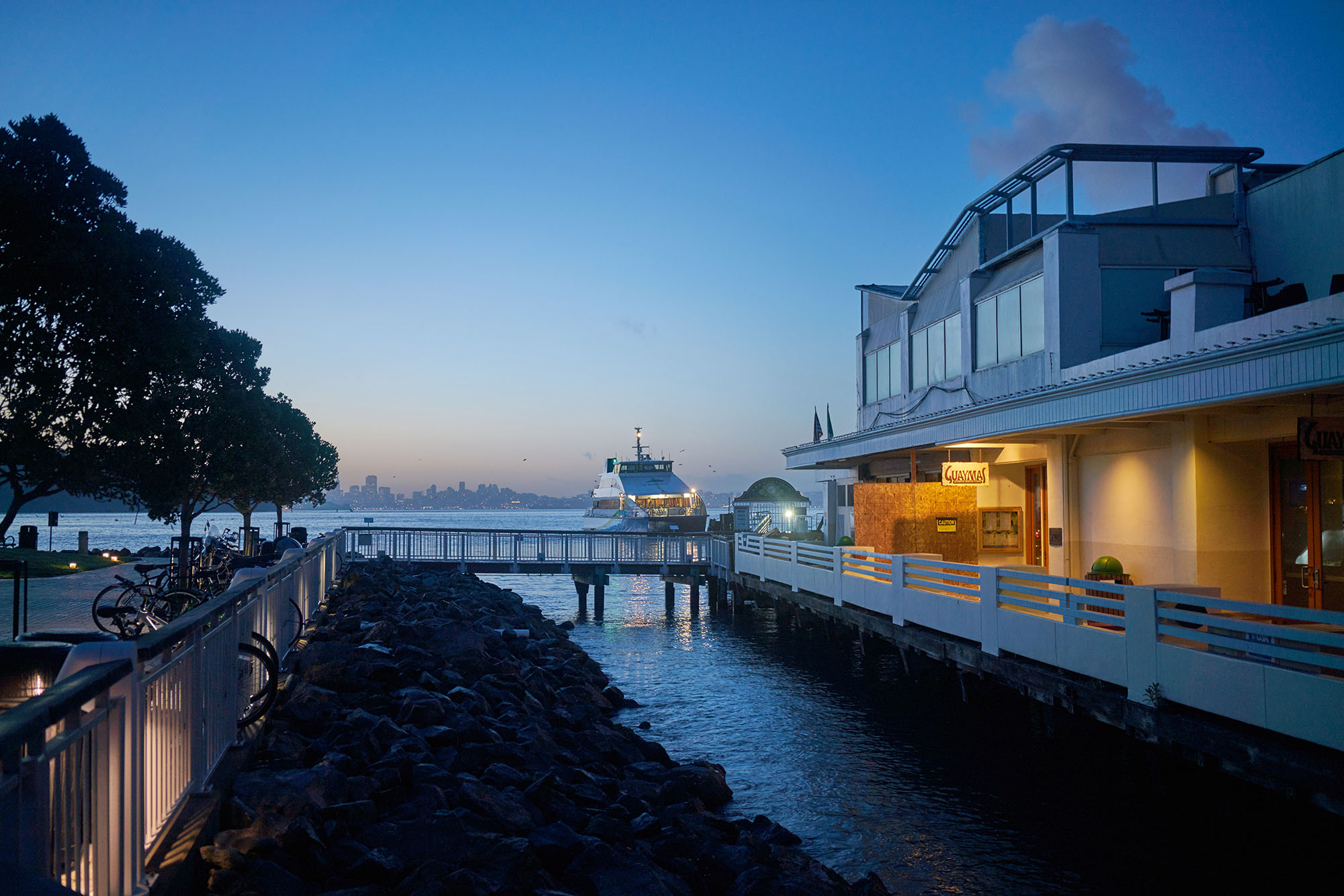


A glorious sunrise.



A glorious sunrise.
We’re used to thinking that the jobs that are most likely to be taken over by automation are low-skilled ones: clerks, lowly paper pushers, assembly line workers. In contrast, those on the very high end of the wage scale — doctors, CEOs and hedge fund managers — seem like they will be comfortably insulated from the robot revolution.
But new research from McKinsey & Company, a consultancy, shows that that isn’t quite right. While there is a connection between a job’s skill level and the likelihood it will be automated, there are a lot of jobs that don’t fit that pattern. One example: CEOs, whose jobs will be more affected by automation than landscapers, the researchers say.
The researchers argue that the way we usually talk about robots displacing workers is misleading. We typically try to identify the jobs that will disappear because of automation. In the near term, however, very few occupations will be automated away entirely. McKinsey estimates that, with the technology available today, fewer than 5 percent of occupations could be entirely turned over to robots.
The bottom line is that 45 percent of work activities could be automated using already demonstrated technology. If the technologies that process and “understand” natural language were to reach the median level of human performance, an additional 13 percent of work activities in the US economy could be automated. The magnitude of automation potential reflects the speed with which advances in artificial intelligence and its variants, such as machine learning, are challenging our assumptions about what is automatable. It’s no longer the case that only routine, codifiable activities are candidates for automation and that activities requiring “tacit” knowledge or experience that is difficult to translate into task specifications are immune to automation.
In many cases, automation technology can already match, or even exceed, the median level of human performance required. For instance, Narrative Science’s artificial-intelligence system, Quill, analyzes raw data and generates natural language, writing reports in seconds that readers would assume were written by a human author. Amazon’s fleet of Kiva robots is equipped with automation technologies that plan, navigate, and coordinate among individual robots to fulfill warehouse orders roughly four times faster than the company’s previous system. IBM’s Watson can suggest available treatments for specific ailments, drawing on the body of medical research for those diseases.
The available training isn’t just for work skills. There’s also help available online for retirees who want to practice their interview technique. Artificial-intelligence-based coaches will help retirees test themselves with a variety of virtual interviewers. An avatar will shoot tough questions their way, readying them for an interview with a potential boss who is younger than their own children.
All of that applies to retirees who will want to seek out a traditional professional job behind a desk. But the Internet is also opening up options for retirees who don’t want to be confined to an office, who want a sort-of retirement. Consider peer-to-peer companies, which let people connect with other people to order services. It often doesn’t take special training or experience to hire oneself out to these services, and they provide the ultimate in flexibility. Active retirees who don’t mind spending the day on the road, for instance, might sign up to become drivers with Uber.
are just at the start of this next revolution at improving the lives of people in developing economies using solar power.
Three sets of advances will contribute to improved standards of living relative to economics, safety and comfort.
First, more and more battery-operated appliances will make their way into the world marketplace. At CES this year, we saw battery-operated developed-market products for everything from vacuum cleaners to stoves. Once something is battery-powered, it can be easily charged. These innovations will make their way to appliances that are useful in the context of the developing world, as we have seen with home lighting. The improvement in batteries in both cost and capacity (and weight) will drive major changes in appliances across all markets.
Second, the lowering of the price of solar panels will continue, and they will become commonplace as the next infrastructure requirement. This will then make possible all sorts of improvements in schools, work and safety. One thing that can then happen is an improvement in communication that comes from high speed Wi-Fi throughout villages like the one described here. Solar can power point-to-point connectivity or even a satellite uplink. Obviously, costs of connectivity itself will be something to deal with, but we’ve already seen how people adapt their needs and use of cash flow when something provides an extremely high benefit. It is far more likely that Wi-Fi will be built out before broad-based 3G or 4G coverage and upgrades can happen.
Sometimes, the road not taken leads to a gem. Baltimore’s Walters Museum is a must stop – and free!
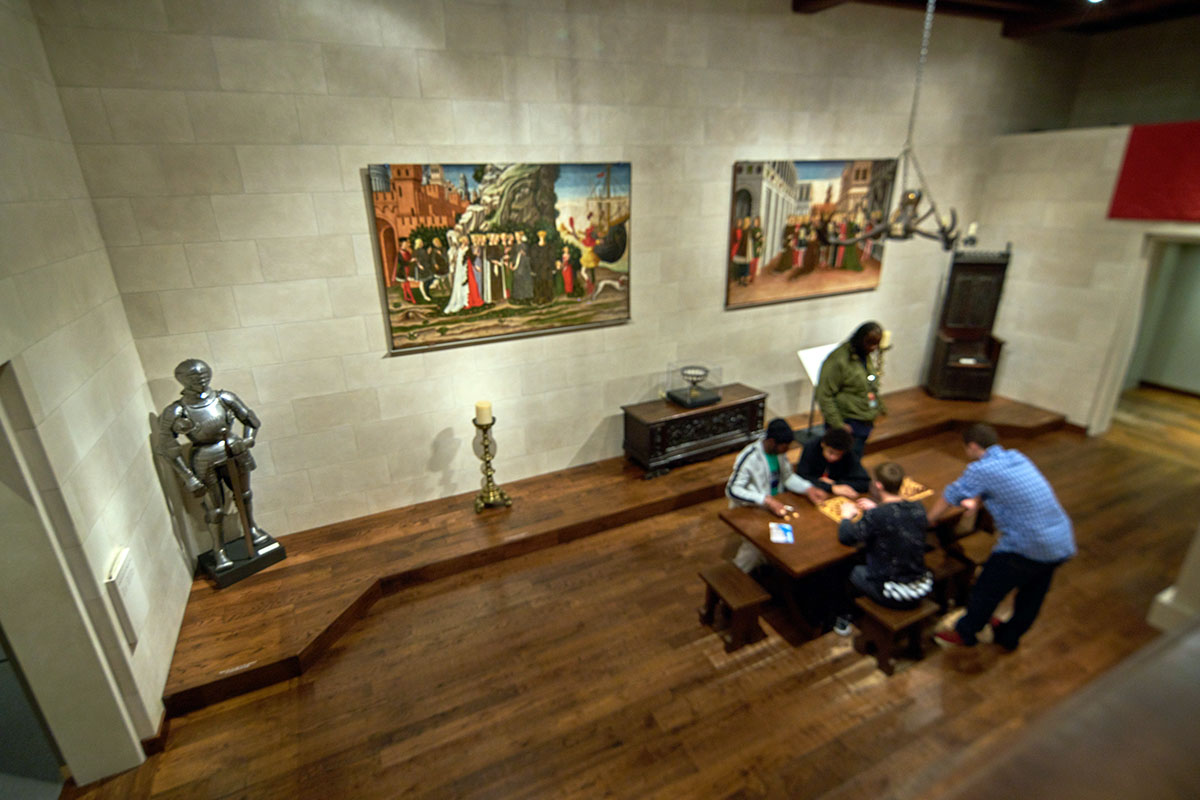

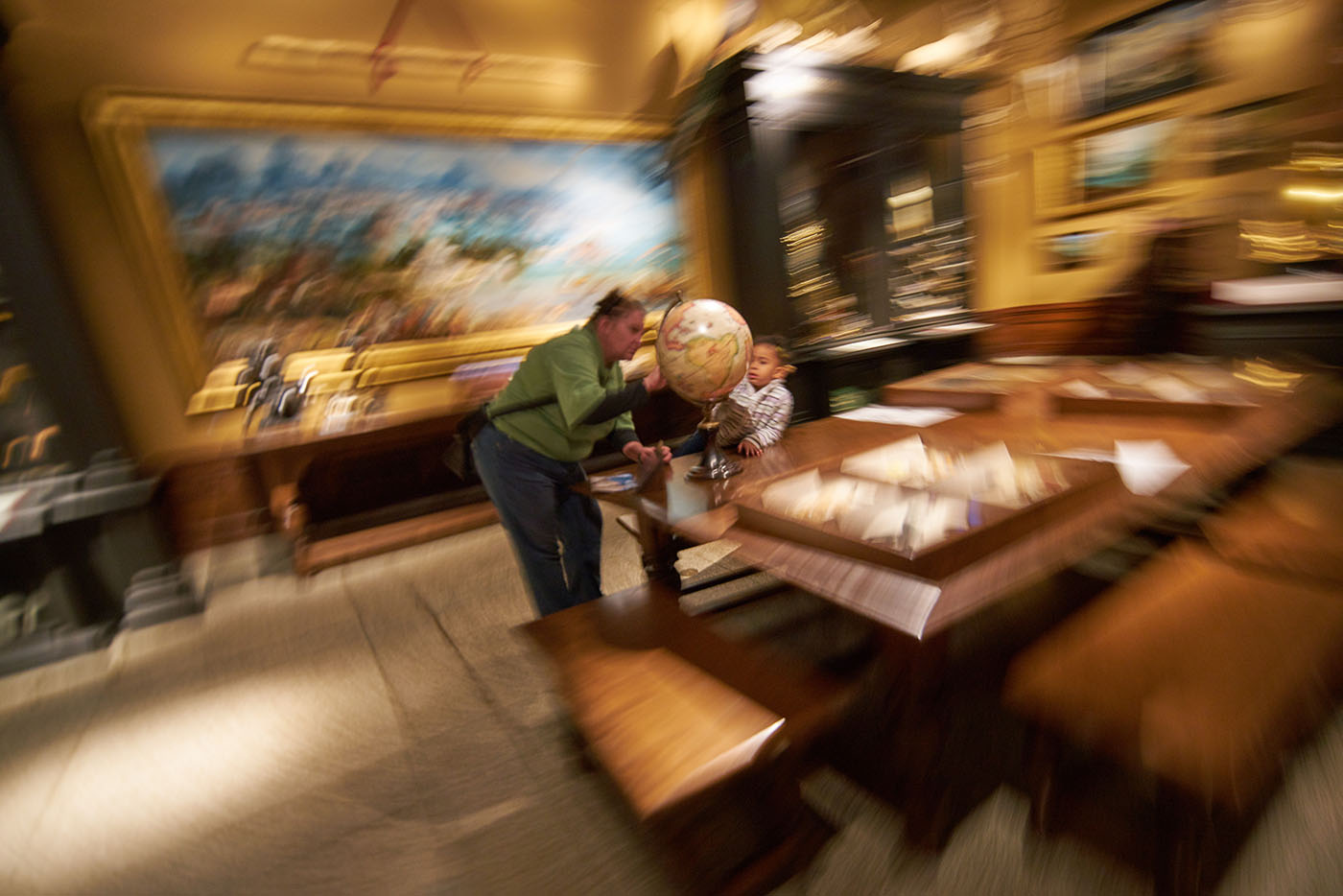
All is (was) quiet early Friday morning. I remember much busier streets when we last made a black Friday visit several years ago.
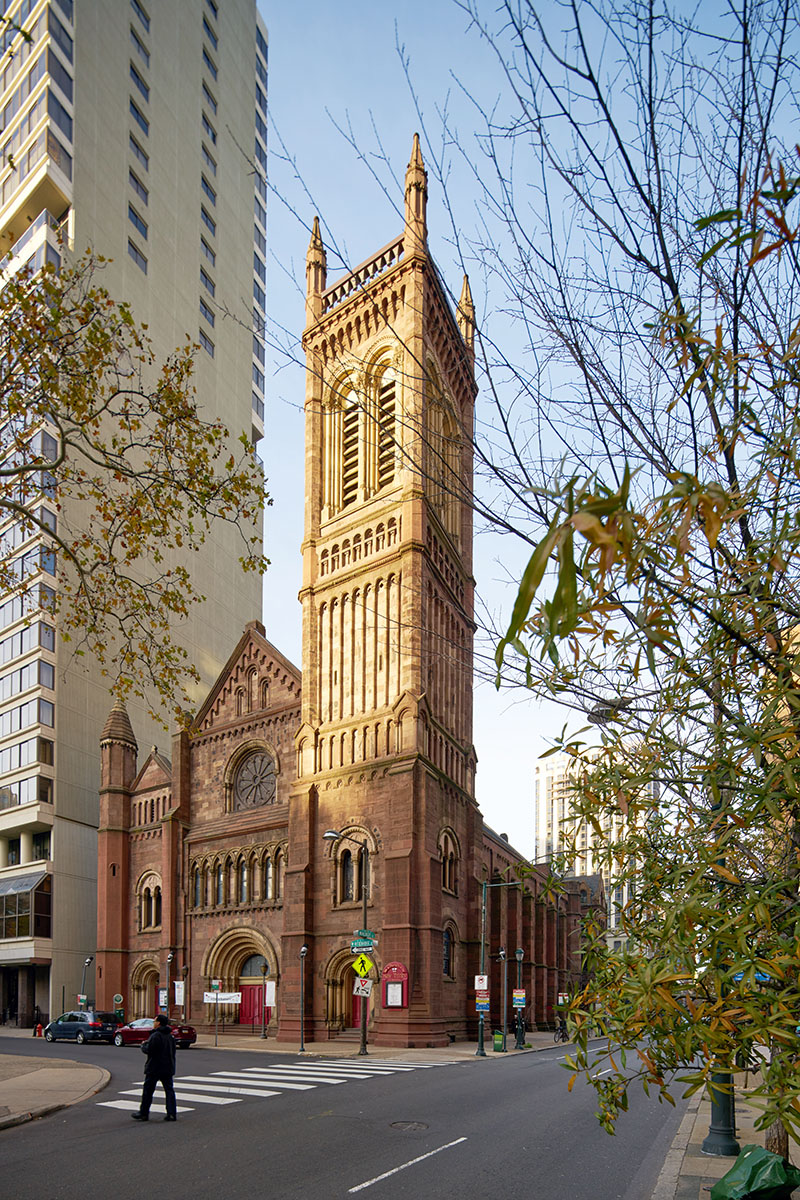
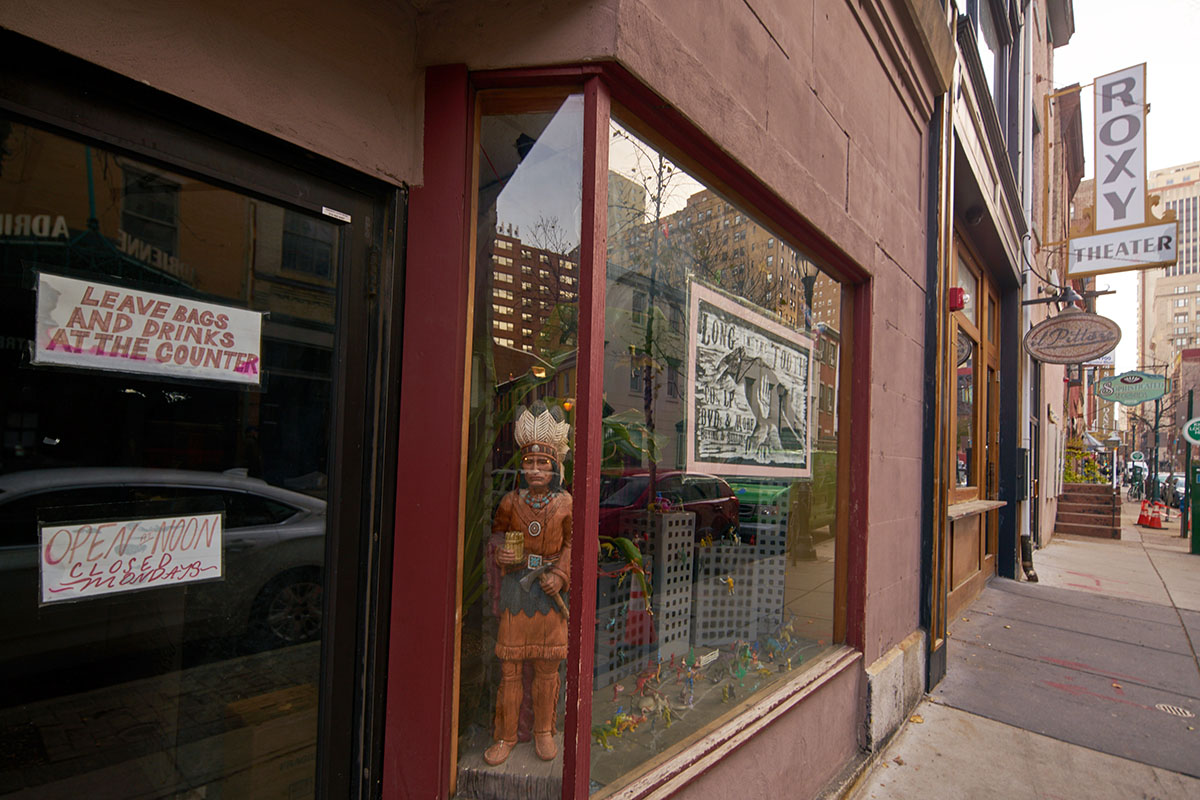
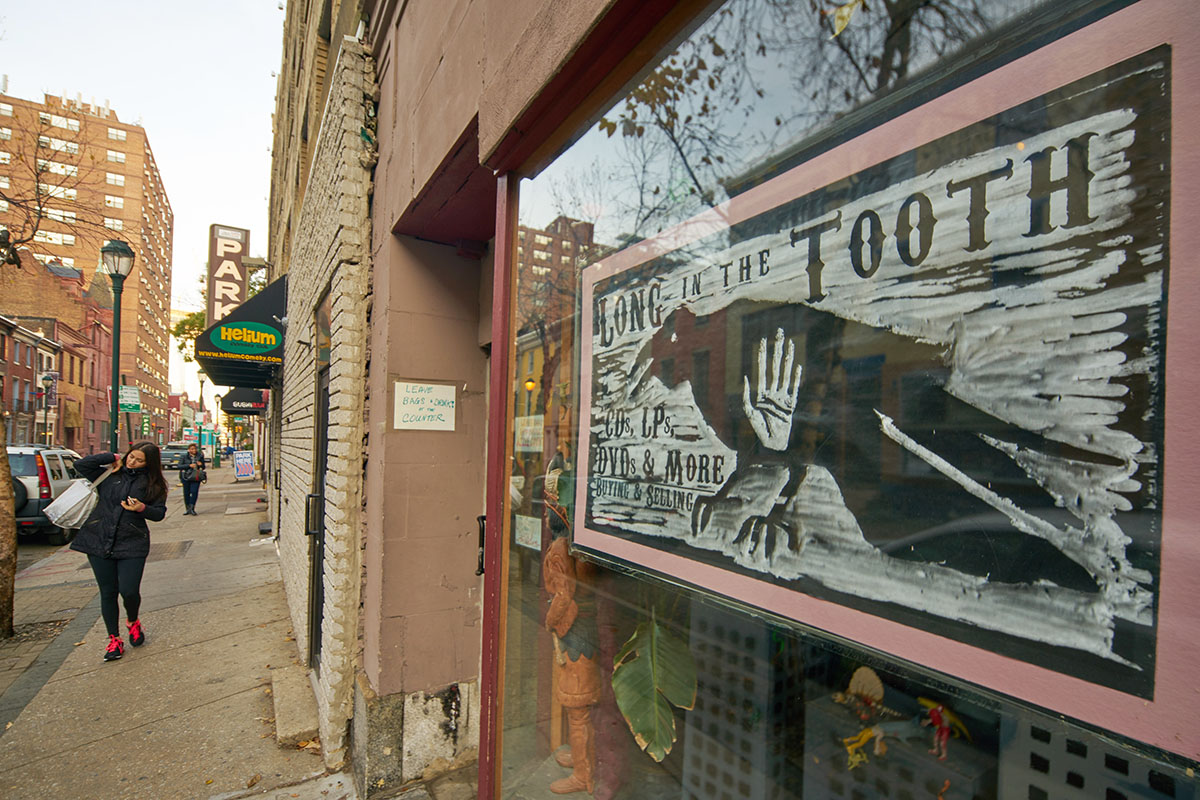
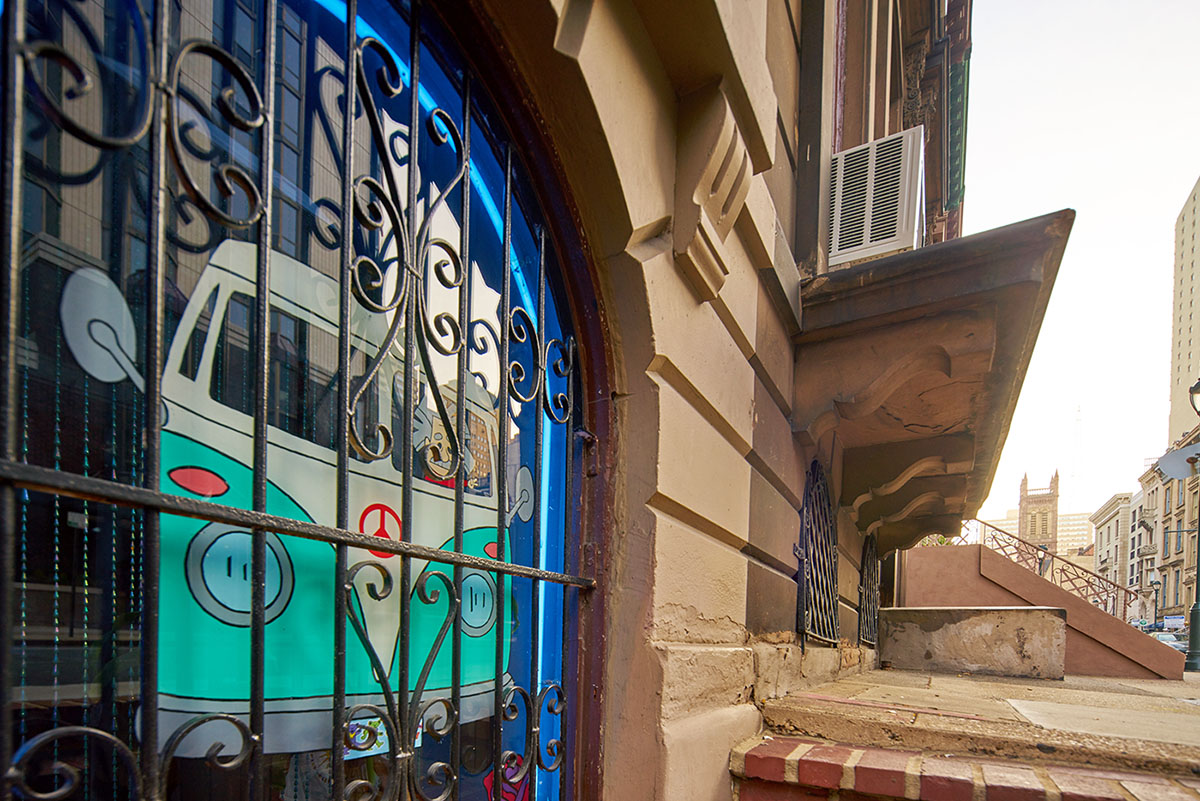
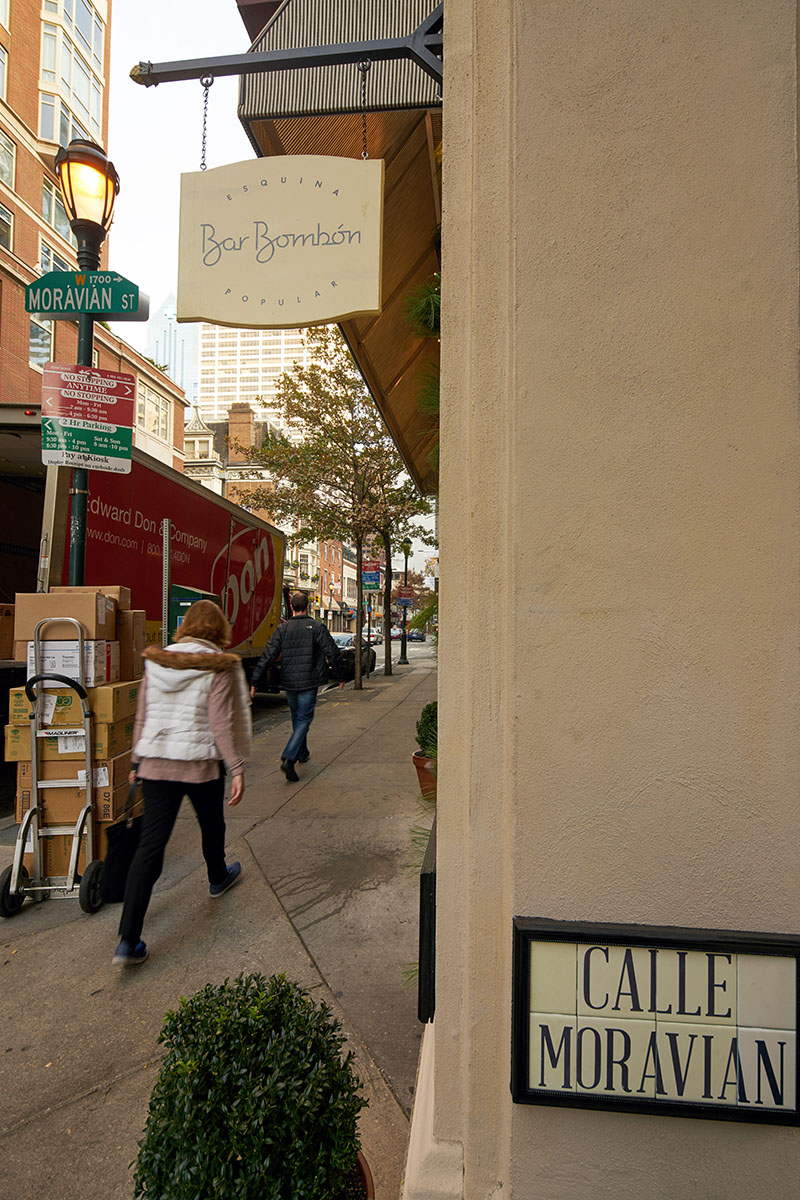
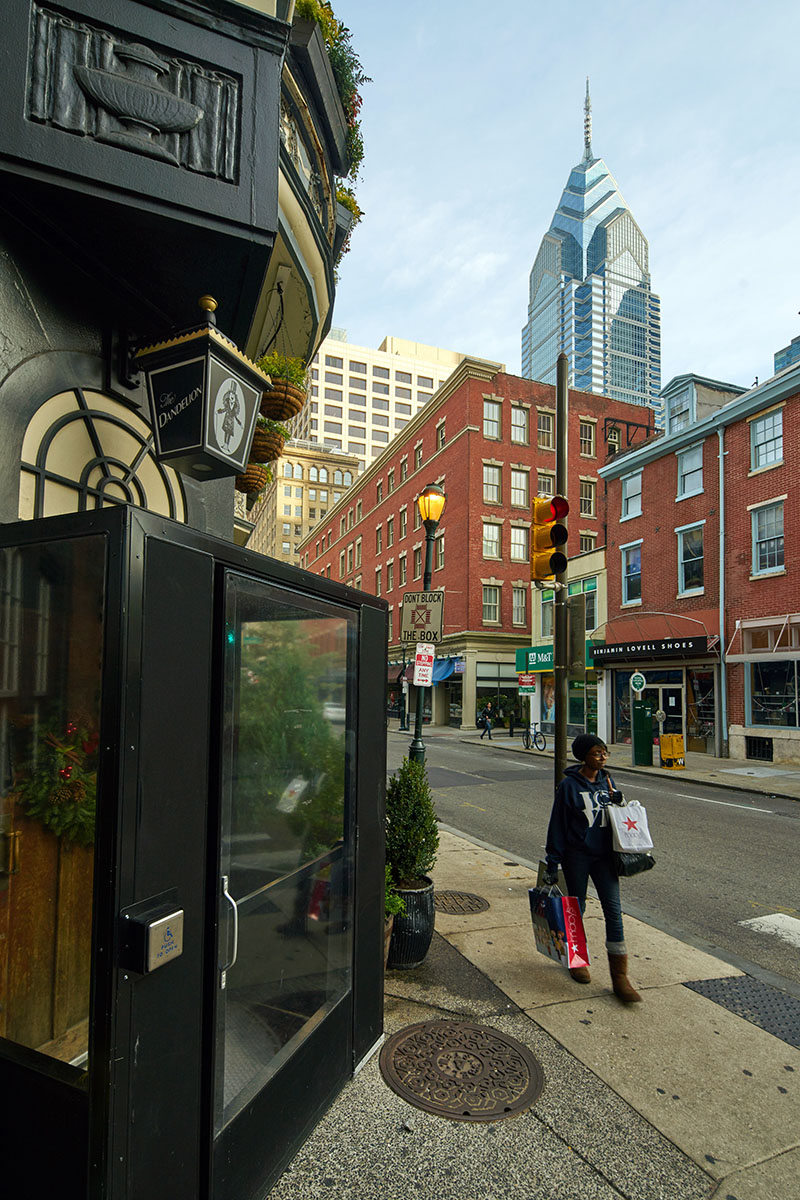
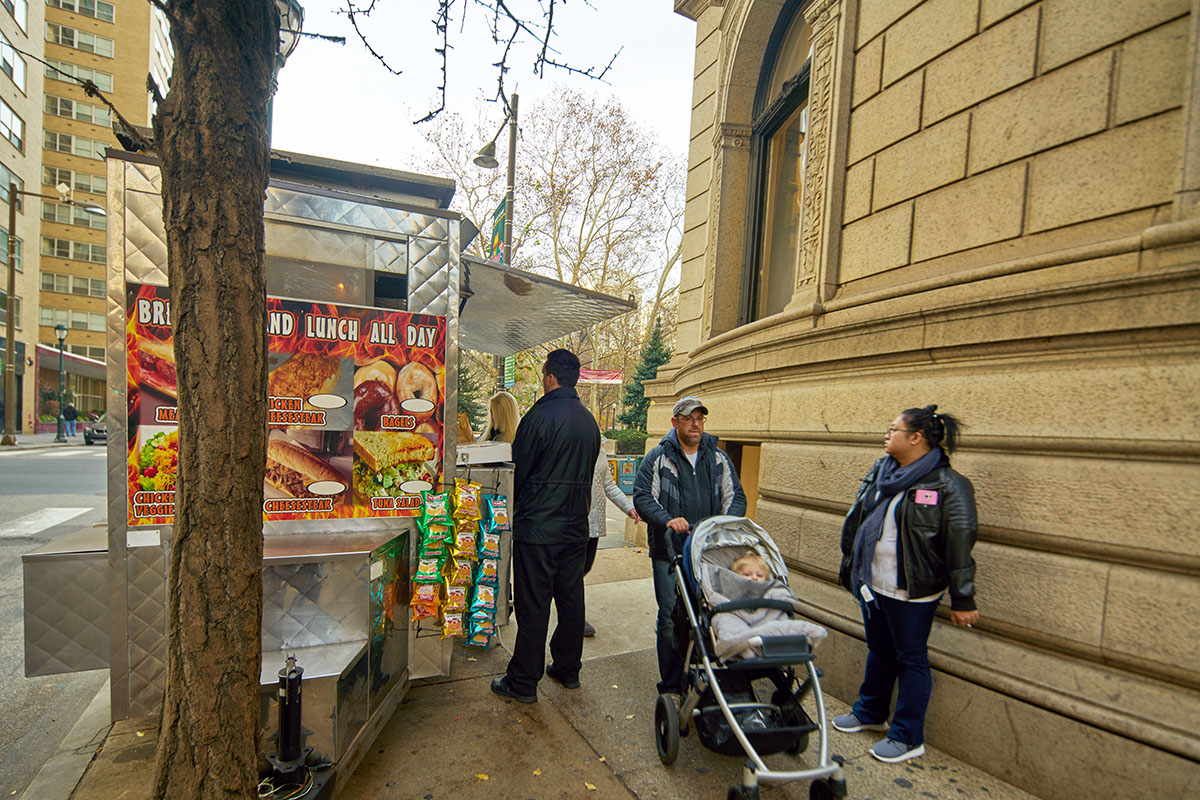
IBM:
n the span of a century, IBM has evolved from a small business that made scales, time clocks and tabulating machines to a globally integrated enterprise with more than 400,000 employees and a strong vision for the future. The stories that have emerged throughout our history are complex tales of big risks, lessons learned and discoveries that have transformed the way we work and live. These 100 iconic moments—these Icons of Progress—demonstrate our faith in science, our pursuit of knowledge and our belief that together we can make the world work better.
An industry that used to compete with Hollywood is starting to wonder if it has become a colonial outpost of Silicon Valley. The prime spots on the Cannes beachfront this year belonged to Facebook and Google. A recent report from Accenture said that “marketing is so inextricably linked to technology that, by 2017, chief marketing officers are projected to spend more on information technology and analytics than chief information officers.”
Ten years ago, ad agencies thought they had hit on a new formula for success: move on from the blunt instruments of conventional advertising and embrace the laser-sharp selling tools of digital media. The industry’s about-turn was made partly out of an instinct for self-preservation, but also from a yearning to be aligned with the zeitgeist, in a world where glamour has migrated from Madison Avenue to Palo Alto. To some, however, it feels as if they have given up the ghost.
Goodby’s cri de coeur echoed the anxieties of others. In April this year, Giles Hedger, chief of strategy for Leo Burnett Worldwide, wrote a polemic for the industry’s UK trade journal, Campaign, bemoaning the domination of advertising by technology: “The belief that [the] marketing contract can be stripped of all its joyful subjectivity until all that remains between consumer and brand is transaction?.?.?.?is the fallacy of our time.” Hedger described his views as “heresy” but said he believed “the voices of sanity are growing around us”.
My mind wondered a bit while listening to Saturday evening’s message on Christ the King Sunday [1]
I began to consider all that I have been given. Family, friends, colleagues and endless blessings. I quickly lost count and returned to the message at hand.
One blessing, one recent journey lies near the top of my list.
Our family often jokes about basketball camp T-shirts given to our daughters years ago. A jovial referee suggested a camp when I coached their Y basketball team. That short lived expedition did indeed result in camp attendance. The t-shirt shouted, in a large font:
“You miss 100% of the shots you don’t take.”
And, so it was in the Spring of 2015 that we planned a journey through Southwest France, namely the Languedoc-Roussillon [2] region with a few days in Carcassonne [3]. The paradox of choice [4] quickly overtook “what to do” planning.
I stepped back and wondered who I might ask for suggestions. Credit must be given to my parents, grandparents, numerous mentors, several teachers and professors who reminded me to “Ask and it will be given to you; seek and you will find; knock and the door will be opened to you.” [5]
I have long enjoyed reading the Financial Times’ weekend “Life and Arts” articles. Jancis Robinson’s wine compositions tingle the mind with tales of history, culture, marketing, food, travel, brands, bureaucracy and entrepreneurs.
Jancis [jancisrobinson.com] it was.
I tapped an email seeking suggestions near Carcassonne. A reply swiftly arrived.
We chose two of her four recommendations.
A gem of a day.
First up, Rives Blanques [6].
A gracious and elegant host, Caryl Panman welcomed us as friends. She immersed us in the wine, “terrior” [7] and recalled a rather frigid March Madison visit that left her precious tasting bottles frozen in a UPS truck.
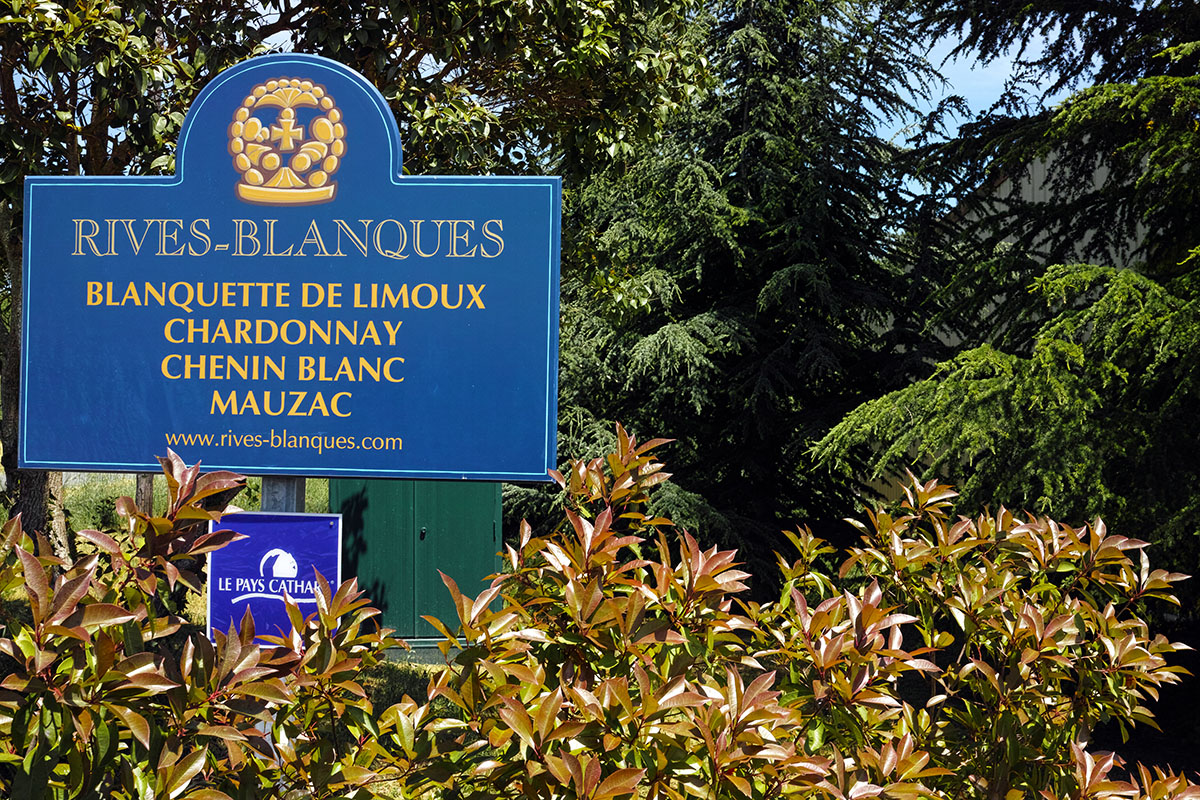
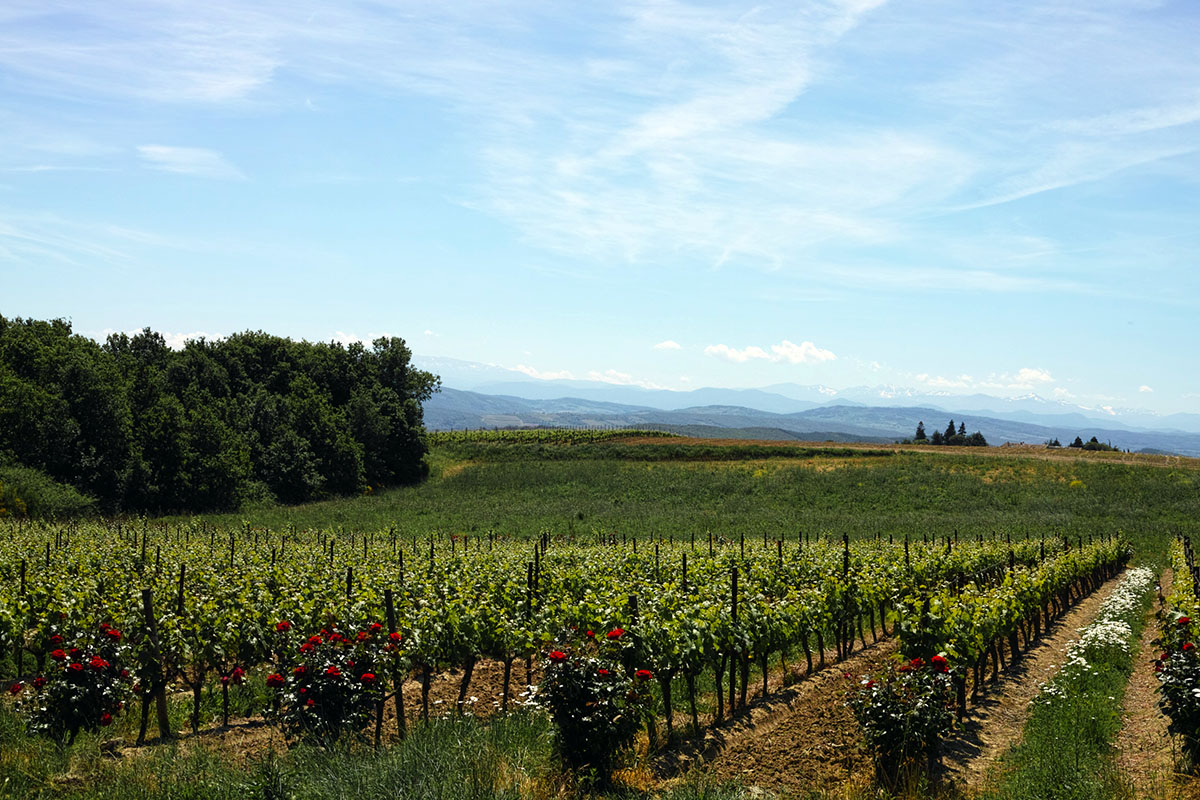
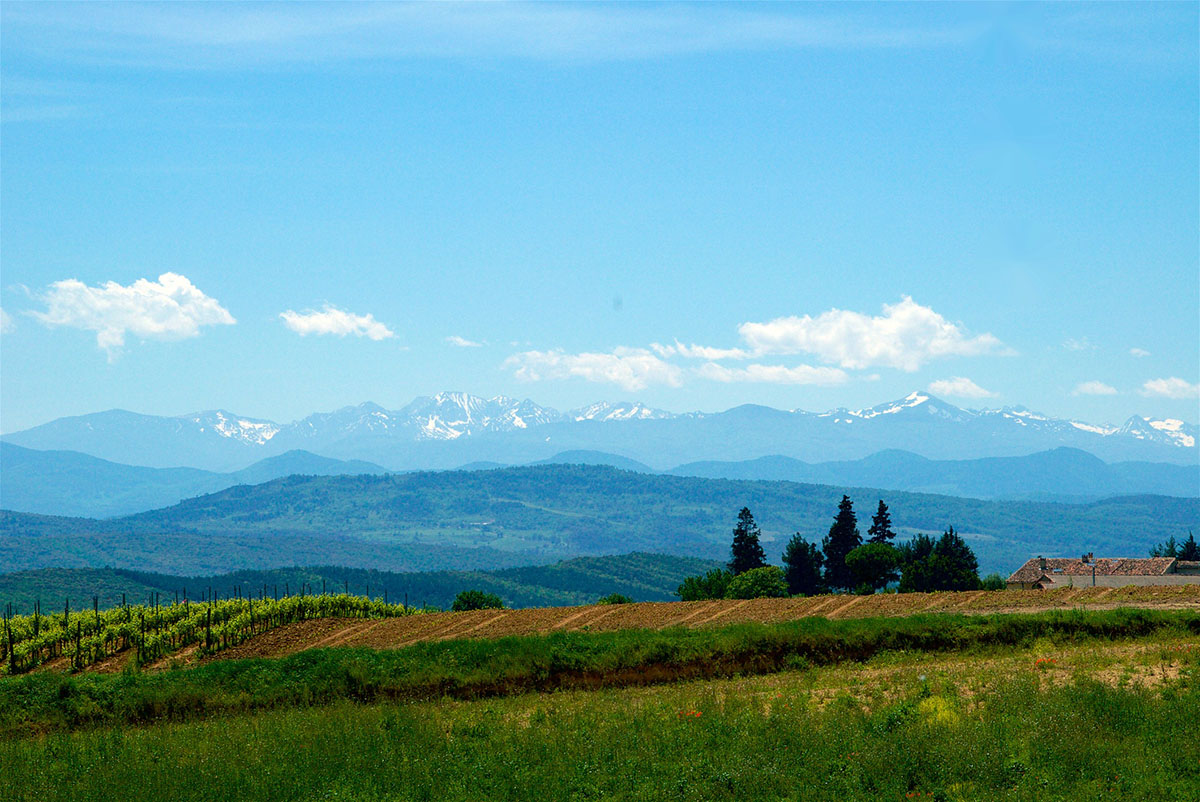
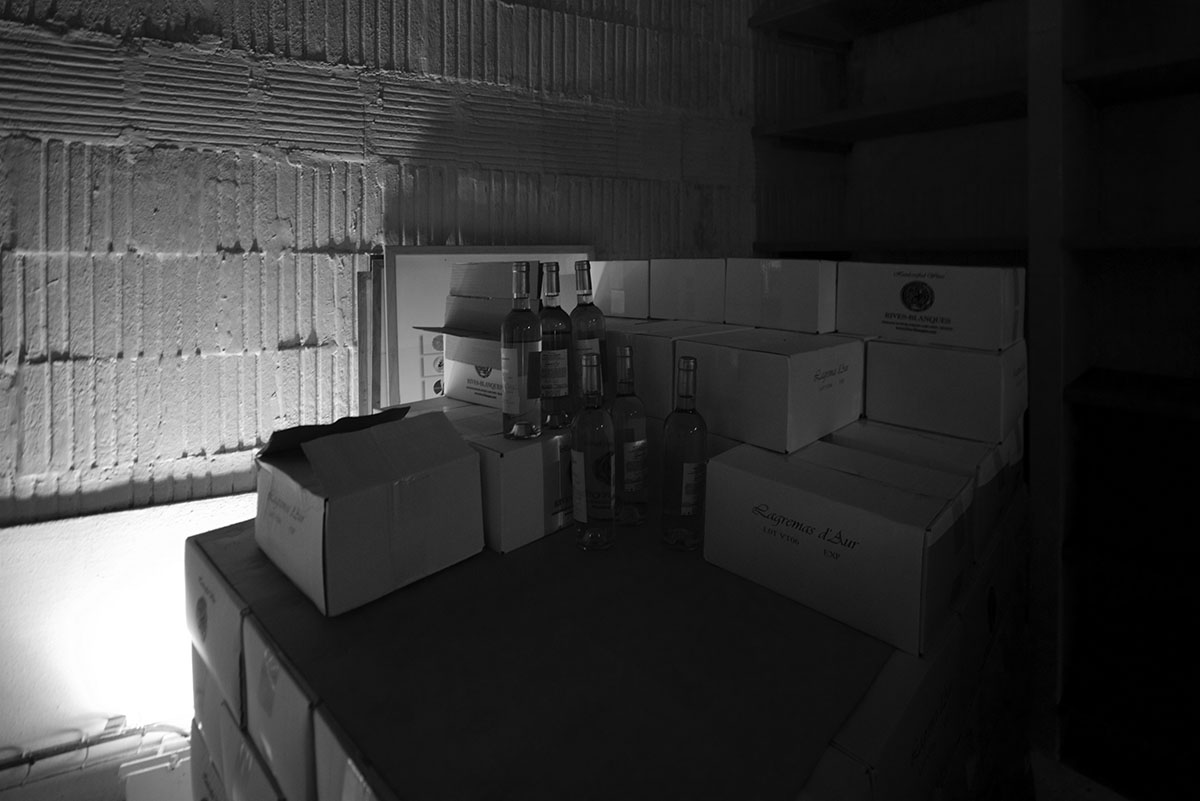
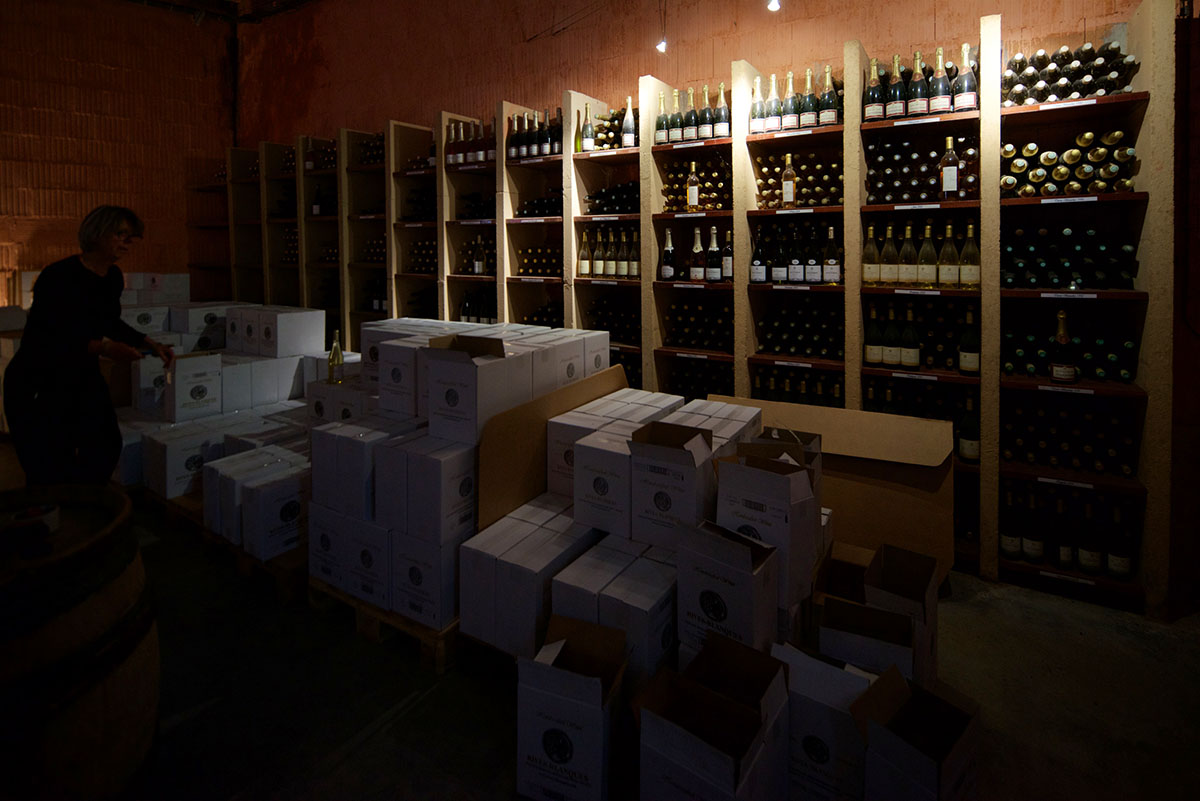
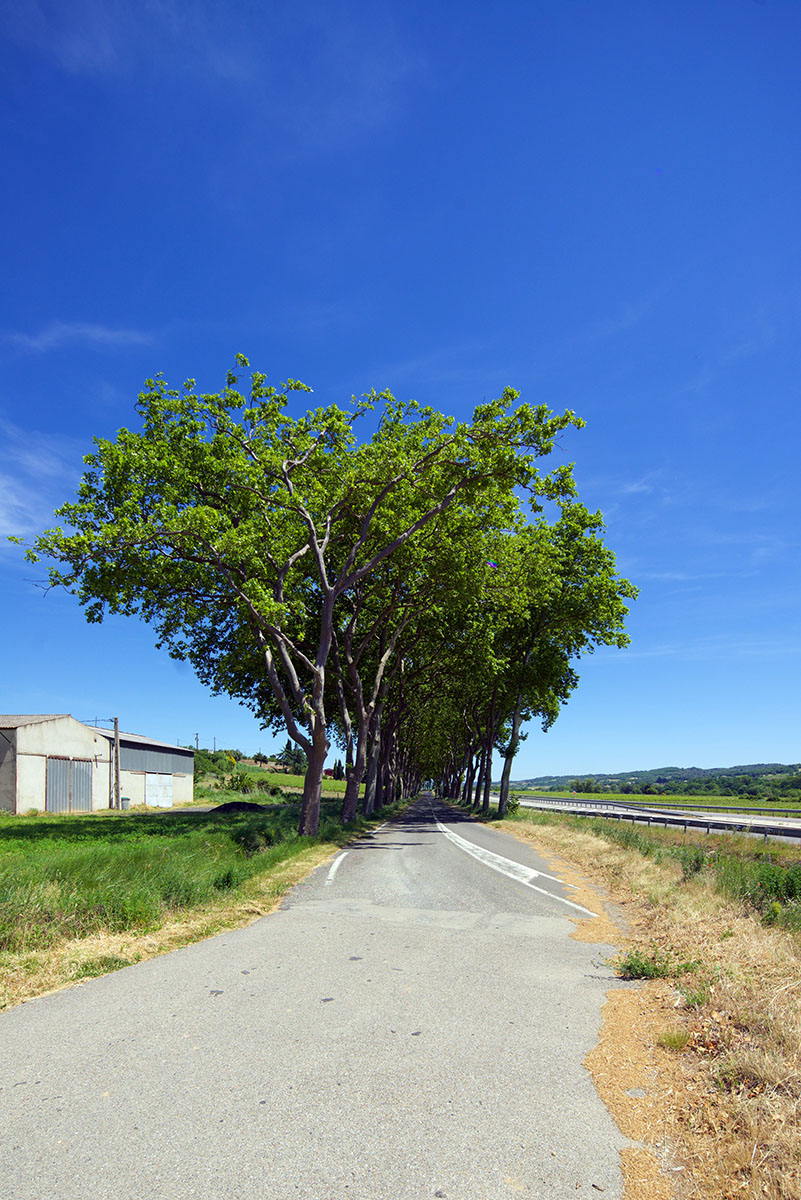
We departed Rives Blanques with less space in our rental car.
Could the next stop – O’Vineyards [7] – begin to approach our time with Caryl and Jan?
Joe and Liz – “Les Américains” – showed us no small amount of hospitality. It was a joyous visit.
Joe regaled us with tales of an American builder contemplating, then interloping into the French wine business while Liz elegantly addressed our appetites. More and more treats appeared while we sampled the fruits and explanations of their labor.
I smile every time I recall our afternoon with Liz and Joe. A treat!
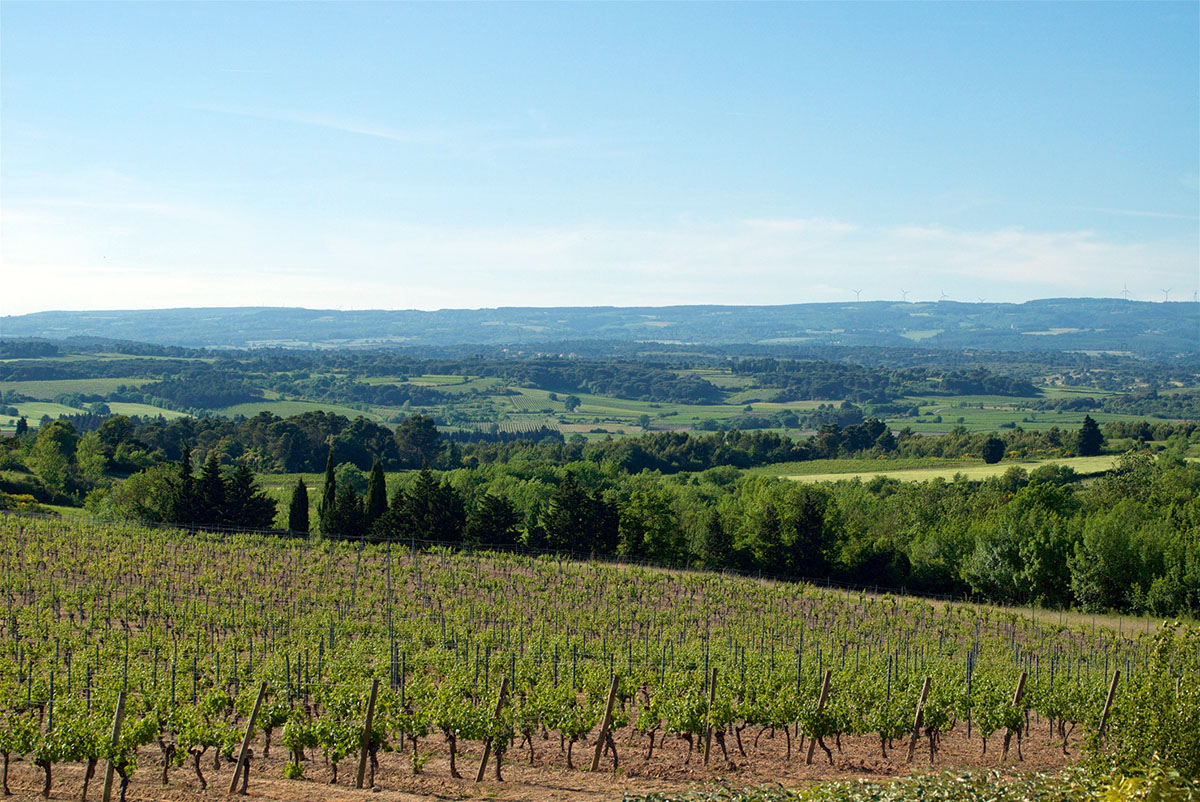

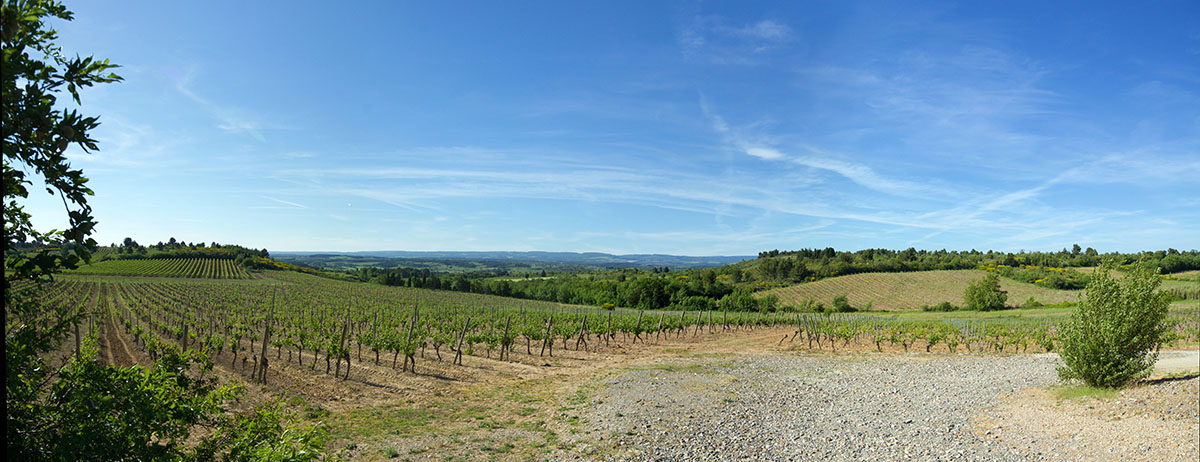
Our rental car now had space just for the passengers.
Approaching Thanksgiving, 2015 and thinking back to that first Thanksgiving; we, too have much to be thankful for. Our cup overflows.
Happy Thanksgiving!
P.S. Before a recent trout dinner, several friends inquired after the wine. One snapped a photo of the label on her iPhone.
It was La Trilogie. [9] Credit must be given to Baptiste Ross Bonneau, The Sommelier [10] who whispered and winked: “Do not depart without several bottles”.
[1] Feast of Christ the King – Wikipedia.
[2] Languedoc-Roussillon – wikipedia
[4] Paradox of Choice – Wikipedia.
[5] Matthew 7:7.
[6] Rives Blanques.
[7] Terrior – Wikipedia.
[8] ovineyards.com.
[9] La Trilogie.
[10] The Sommelier.